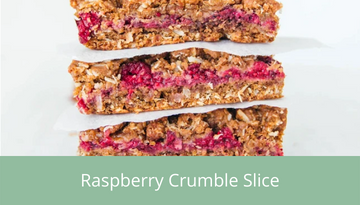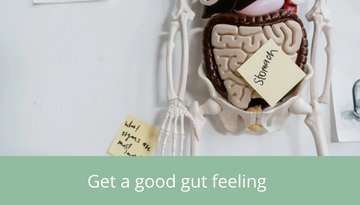Irritable bowel syndrome (IBS) is a common intestinal health issue, which presents itself in the form of stomach pain, excessive wind, bloating, and changes in bowel habits – diarrhoea, constipation or both. A FODMAP diet is used to help manage these symptoms with a three-step approach.
FODMAP stands for fermentable oligo-, di-, mono-saccharides and polyols. FODMAPs are found in a wide range of foods, in varying amounts. The main sources include:
- Oligosaccharides: Wheat, rye, legumes, and various fruits and vegetables like garlic and onions
- Disaccharides (lactose is the main carb): Milk, yogurt and soft cheese
- Monosaccharides (fructose is the main carb): Fruits including figs and mangoes, and sweeteners like honey and agave nectar
- Polyols: Certain fruits and vegetables including blackberries and lychee, as well as some low-calorie sweeteners.
When it comes to gluten, this is the protein found in wheat, rye, barley and some oats. These are also all high in FODMAPs. On the other hand, gluten-free foods are often made from rice flour, maize or corn flour, potato flour and quinoa, which are low in FODMAPs. Keep in mind that, while many gluten-free foods may be low in FODMAPs, some can have high FODMAP ingredients like onion, pear or honey added, so check the ingredients lists carefully.
The goal of the FODMAP 3-step diet is to learn which foods you tolerate, and which trigger your IBS symptoms. The outcome is to develop a nutritionally balanced diet for the long term that restricts only the foods which trigger these symptoms.
The diet follows this approach:
- Restriction – for 2-6 weeks, swap high FODMAP foods for low FODMAP alternatives.
- Reintroduction – over 8-12 weeks, reintroduce one FODMAP food every three days. Increase the serving size each day to monitor your tolerance. The goal of this step is to identify which types of FODMAPs you tolerate, and the amount of each.
- Personalisation – once you know what you can and cannot tolerate, find a diet that works for you which avoids the FODMAP-rich foods you cannot tolerate.
Before you embark on a FODMAP diet, make sure you actually have IBS by ruling out other more serious conditions first, such as coeliac disease and inflammatory bowel disease. Discussing it with your doctor first is a good idea.
Once you decide to proceed with the diet, plan ahead. It can be difficult to follow the diet if you are unprepared. Shop for the right foods beforehand, get rid of high FODMAP foods (or put them out of sight) to avoid succumbing to old dietary habits, and read menu options in advance before dining out.
You can still have flavourful and interesting diet, even when leaving out some foods which you may usually include. Keep in mind that the restricted FODMAP diet isn’t forever and soon you will be able to enjoy many of the foods you love – without the symptoms you don’t.







